Rising Demand for Alternative Fuels
The Automotive Gas Cylinder Market is experiencing a notable increase in demand for alternative fuels, particularly compressed natural gas (CNG) and liquefied petroleum gas (LPG). This shift is largely driven by the growing awareness of environmental issues and the need for cleaner energy sources. As governments implement stricter emissions regulations, the adoption of vehicles powered by alternative fuels is likely to rise. In fact, the market for CNG vehicles is projected to grow at a compound annual growth rate (CAGR) of approximately 8% over the next five years. This trend not only supports the automotive sector but also enhances the Automotive Gas Cylinder Market, as more vehicles require gas cylinders for fuel storage.
Technological Innovations in Cylinder Design
Innovations in the design and manufacturing of automotive gas cylinders are significantly influencing the Automotive Gas Cylinder Market. Advanced materials, such as composite materials, are being utilized to create lighter and more durable cylinders. These innovations not only improve the efficiency of gas storage but also enhance safety features, which is paramount in the automotive sector. The introduction of smart cylinders equipped with sensors for monitoring pressure and temperature is also gaining traction. Such technological advancements are expected to drive market growth, as they align with the automotive industry's focus on safety and performance. The market for composite gas cylinders is anticipated to expand, reflecting a shift towards more efficient and safer fuel storage solutions.
Consumer Preference for Eco-Friendly Vehicles
Consumer preferences are increasingly leaning towards eco-friendly vehicles, which is having a profound effect on the Automotive Gas Cylinder Market. As awareness of climate change and environmental sustainability grows, more consumers are opting for vehicles that utilize alternative fuels. This shift in consumer behavior is prompting manufacturers to invest in the production of gas-powered vehicles, thereby increasing the demand for automotive gas cylinders. Market Research Future indicates that the segment of eco-friendly vehicles is expected to grow by approximately 12% annually, reflecting a broader trend towards sustainability in the automotive sector. This consumer-driven change is likely to bolster the Automotive Gas Cylinder Market, as manufacturers respond to the rising demand for cleaner transportation options.
Government Incentives for Clean Energy Vehicles
Government incentives aimed at promoting clean energy vehicles are playing a crucial role in the Automotive Gas Cylinder Market. Various countries are implementing tax rebates, subsidies, and grants to encourage consumers to purchase vehicles powered by alternative fuels. These incentives not only lower the initial cost of such vehicles but also stimulate the demand for automotive gas cylinders. For instance, in several regions, the adoption of CNG vehicles has surged due to favorable government policies. This trend is expected to continue, with projections indicating that the market for automotive gas cylinders could see a growth rate of around 10% in the coming years, driven by these supportive measures.
Increasing Urbanization and Transportation Needs
The ongoing trend of urbanization is significantly impacting the Automotive Gas Cylinder Market. As urban populations grow, the demand for efficient and sustainable transportation solutions is becoming more pronounced. This urban shift is leading to an increase in the adoption of vehicles that utilize alternative fuels, such as CNG and LPG, which in turn drives the need for automotive gas cylinders. The rise in urban transportation needs is likely to result in a higher penetration of gas-powered vehicles in metropolitan areas. Consequently, the Automotive Gas Cylinder Market is expected to expand, with estimates suggesting a potential increase in market size by 15% over the next few years, as cities seek to reduce pollution and improve air quality.


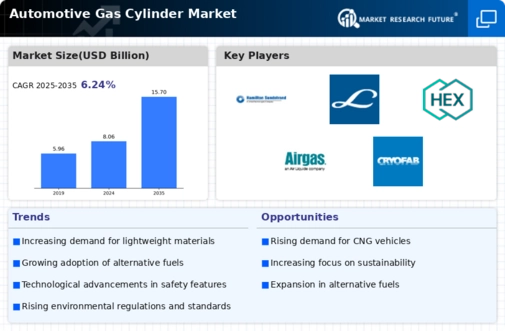
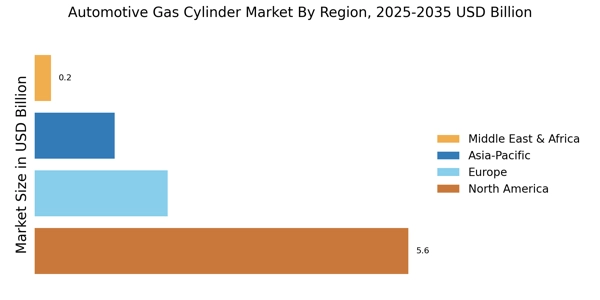
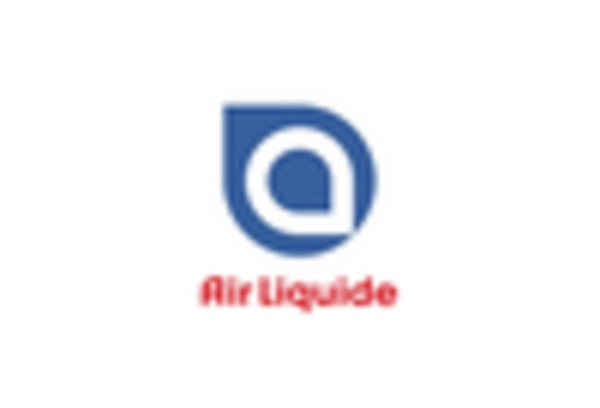
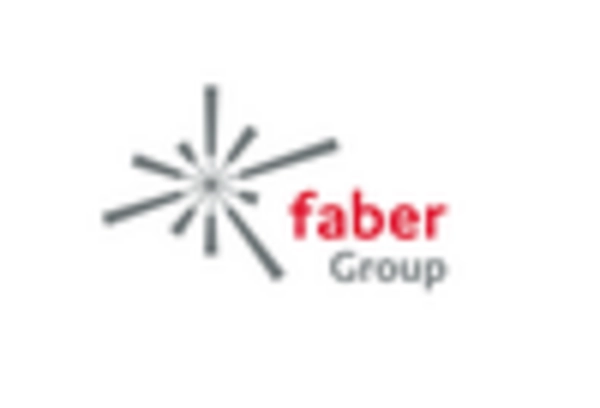
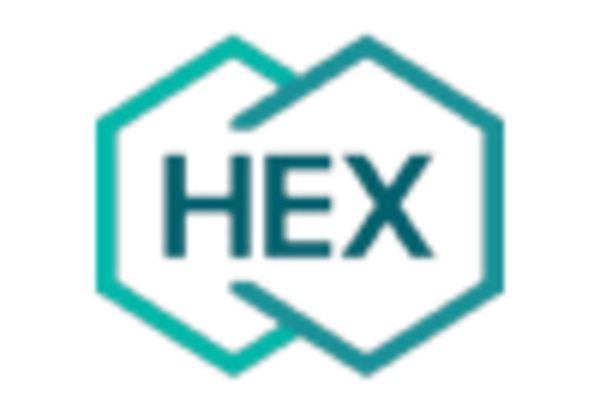
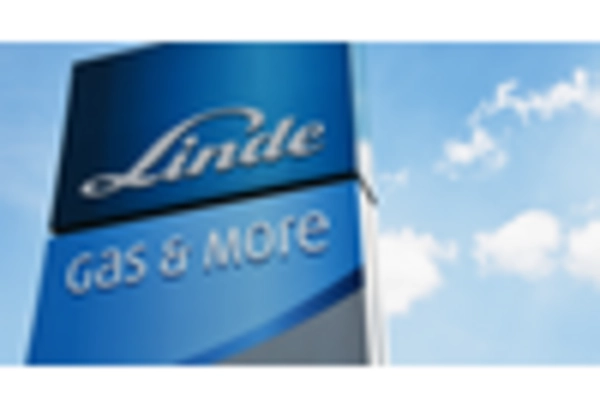










Leave a Comment